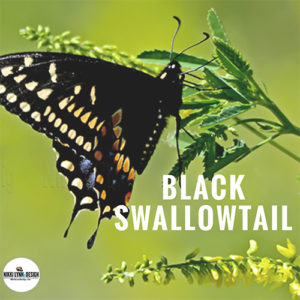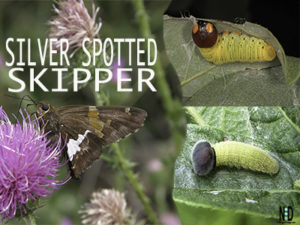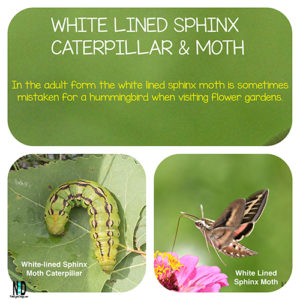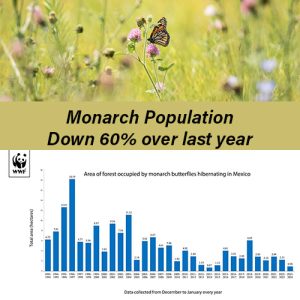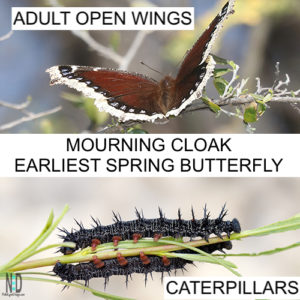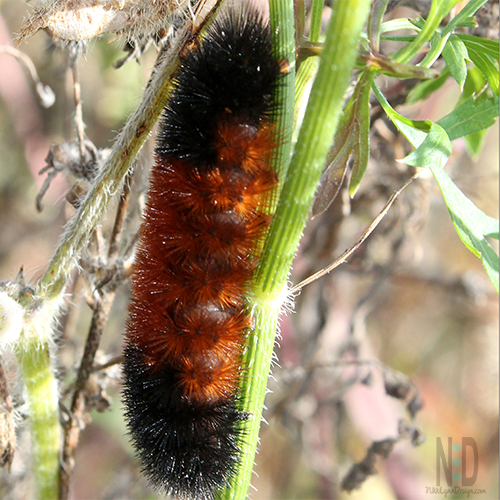Ever wonder how to tell male and female Monarch apart? Maybe, the thought never crossed your mind. Well, to capture the lifecycle of the Monarch you would need to know your male from your female.
How to Tell Male and Female Monarch Apart
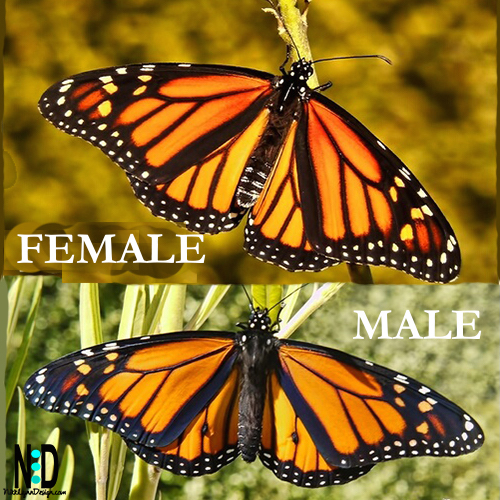
Distinguishing between male and female Monarch butterflies can be challenging, but there are a few subtle differences you can look for:
Wing Veins:
One of the most reliable ways to differentiate between male and female Monarchs is by observing the hind wings. Males have a small, black spot called the “androconial” spot on each hind wing. This spot releases pheromones to attract females during courtship.
Body Size:
In general, female Monarchs are slightly larger than males. However, size alone is not a foolproof method of identification.
Vein Thickness:
Males tend to have thinner veins on their wings compared to females. This difference is more subtle and may require close observation.
Female Monarchs
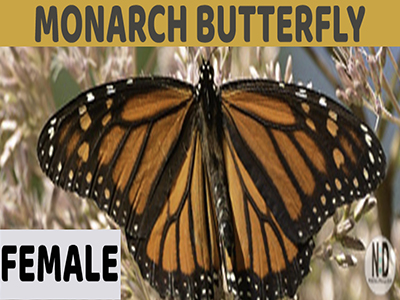
Female Monarch Butterflies are the egg layers. They lay their eggs on the underside of milkweed plants. So, it is important to know how to spot them if you want to track the lifecycle of the Monarch.
The female’s webbing is thicker than the male and she has no identifying wing spots as the male does. However, sometimes the webbing toward the outer segments appears to have spots. Look toward the male picture at the bottom to see where the pheromone spots are found.
If you have a Monarch without clearly visible black spots behind each tail wing, you have a female Monarch.
Keep an eye out for her around all the varieties of Milkweed plants to see when she lays her eggs. Right after mating, she lays one egg on the underside of each plant she visits. Then you can watch the caterpillars hatch in 3-6 days and grow and grow, and grow.
Additional Reads:
Lifecycle of the Monarch
Collect & Plant Milkweed
Another Caterpillar Found On Milkweed
Male Monarchs
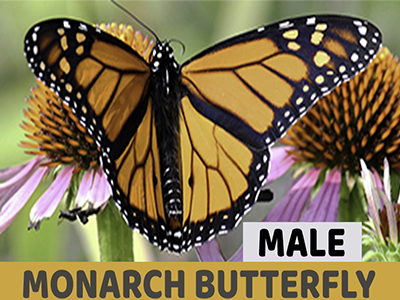
Males have a visible black spot on each hind wing from which pheromones are released to attract females. Females choose mates according to scent and visual appearance. If you look closely at the bottom body segment in the webbing you will see the spots.
If you have a Monarch without clearly visible black spots behind each tail wing, you have a female Monarch.
Look Alike
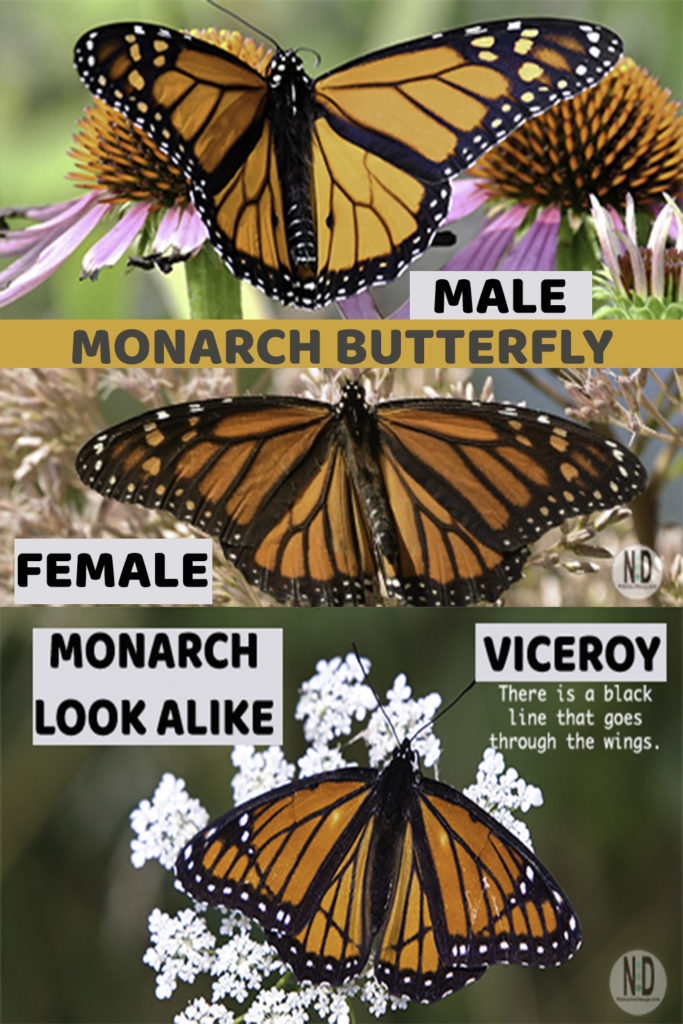
Now that you know how to tell the male and female monarch apart, it is time for one last lesson. The monarch butterfly is often mistaken for the viceroy butterfly.
They look almost identical, except for a few telltale signs that easily tell them apart. The Viceroy is a tad smaller and has a black line running through its wings. Sometimes the line is only noticeable on its lower hind wing.
It’s important to note that these differences can be subtle, and it might be challenging to distinguish between male and female Monarchs, especially in the field. Additionally, environmental factors and variations within the species can influence the accuracy of these observations.
Additional Posts
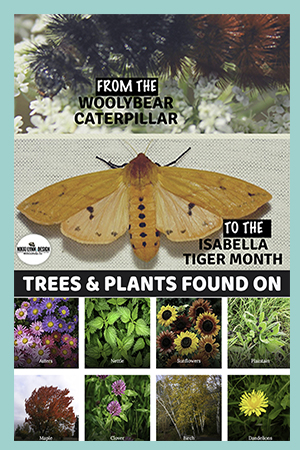

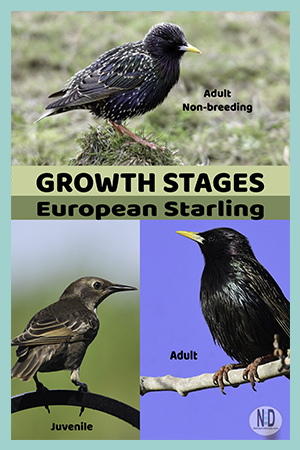
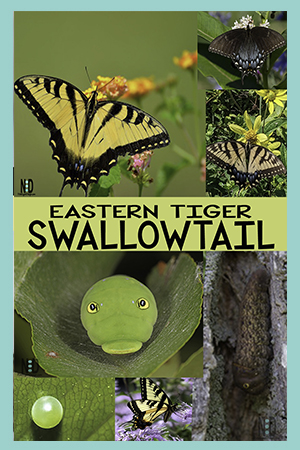




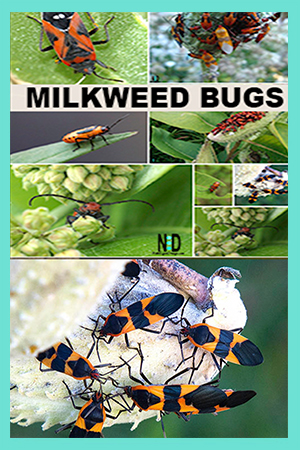



AFFILIATE POLICY: Posts on this site may contain links to outside vendors that pay me a commission when you purchase from them, at no additional cost to you. Thank you for supporting this site!
